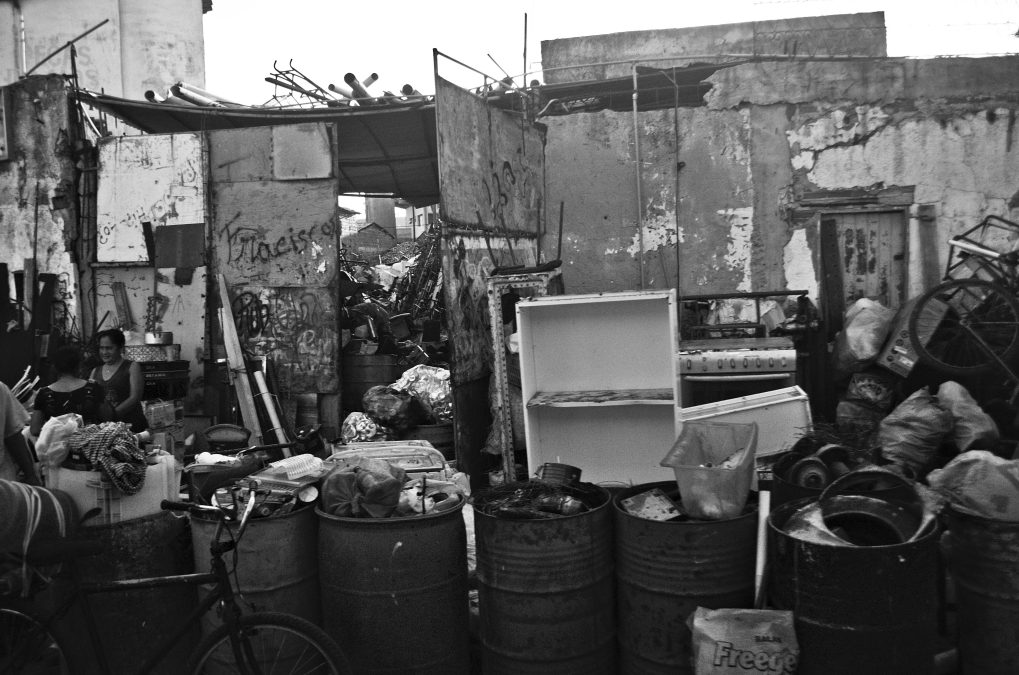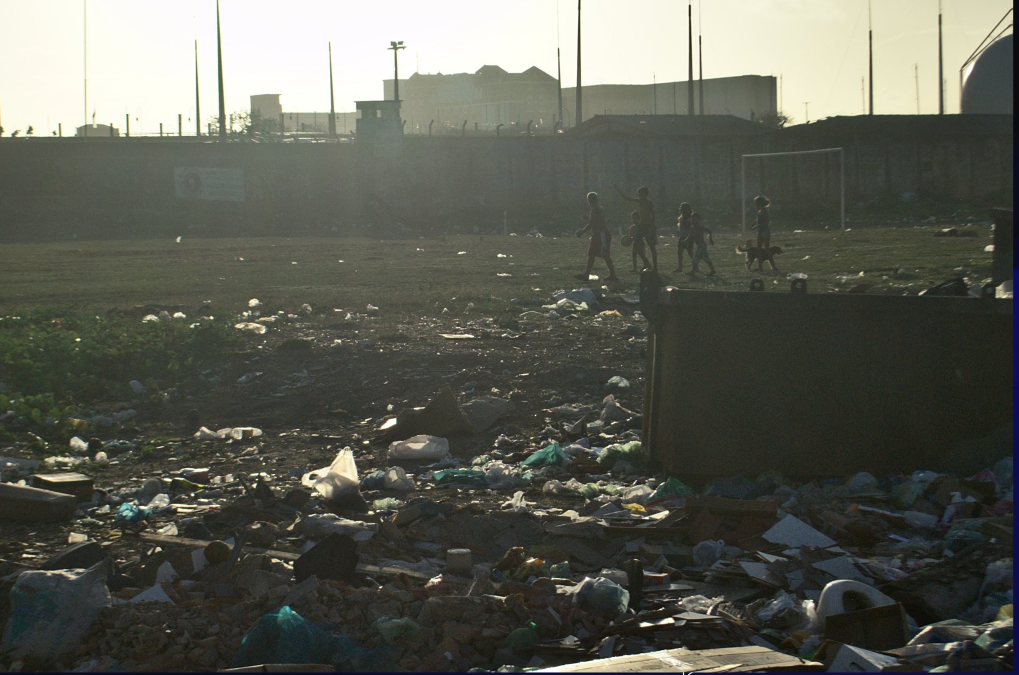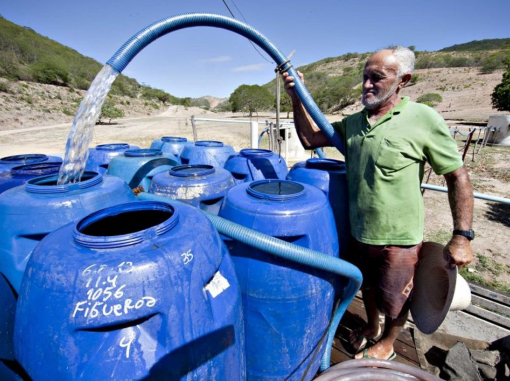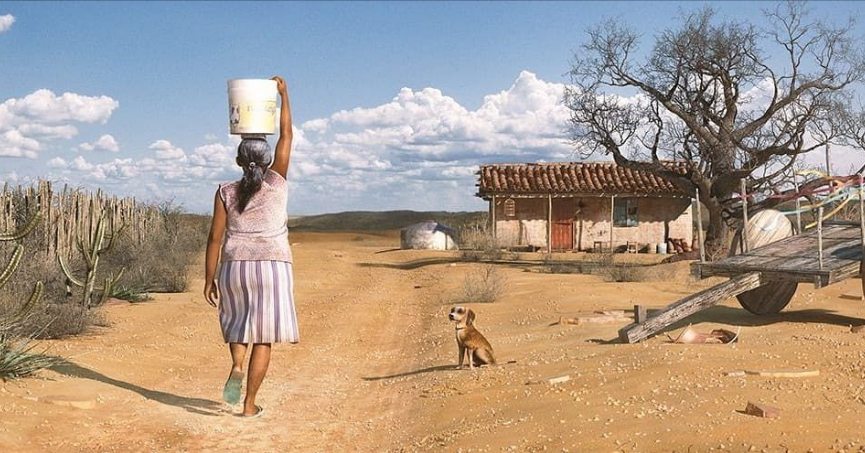flowchart LR A[All data] --> G[Global Model] A --> C(Clustering) C --> K1[Model Cluster 1] C --> K2[Model Cluster 1] C --> Kn[Model Cluster n] G --> P1[Predictions] K1 --> P2[Predictions] K2 --> P2 Kn --> P2 P1 --> AC[Accuracy comparison] P2 --> AC
Specialized AI Models for Predicting Dengue Disease
[Short version]
Raphael Saldanha et al.
Inria & LNCC
Context
- Raphael SALDANHA: Degrees on Geography, Statistics, Public Health and Health Information
- Postdoc call from International Relations Department of Inria. Duration of 24 months (2023-2024)
- Supervisors: Prof. Reza Akbarinia (Inria) and Prof. Fabio Porto (LNCC)
Arboviruses
- Dengue, Zika, Chikungunya, and other arboviruses imposes a significant burden over populations health
- Endemic vector borne disease (Aedes mosquitoes)
- Impacts all geographic regions in Brazil, with its continental extension
- Follow spatial and seasonal trends
Modeling dengue outbreaks
- Dengue cases as target variable
- Predictors
- Temperature, droughts, rainfall, floods, land use, deforestation
- Living conditions, urban environment
- Water supply, water rationing
- Mosquito infestation? Only few and localized data available.
Territory diversity
- On rainy season, water accumulates on cans, pots and litter present at backyards, junkyards and on the streets.


Fortaleza, jan. 2016.
Territory diversity
- On dry season or droughts, water is stored on open drums.
- The same predictor (ie. rain) may have different signal, in respect to other conditions.


Modeling considerations
- General models tend to ignore the diversity of the territory
- Local models are basically restricted, not useful for different regions and dengue transmission regimes
- A single machine-learning model is not a good option due the Brazilian diversity
Global and subsets models
Consider each square as a municipality

Subsets approach
- Model 1: global model, with all municipalities data
- Model 2: subset models
- Group Brazilian municipalities into clusters
- Train several ML models for each cluster
- Compare the accuracy with the global model
- Predict cases using the model with best accuracy
Workflow
Abbreviated version
Key decisions
How to cluster municipalities based on time series data?
Outcome (dengue cases)
Predictors
What are the best predictors for forecast?
- Choice of lags and rolling windows
What are the best ML algorithms to forecast dengue cases?
Expected results
- More precise predictions for regions
- Less dependency on specific data availability for each municipality
- Provide health managers with tools, predictions and scenarios adequate to different scales of health surveillance, preparedness and field action
- Contribute to public health policies formulation and implementation